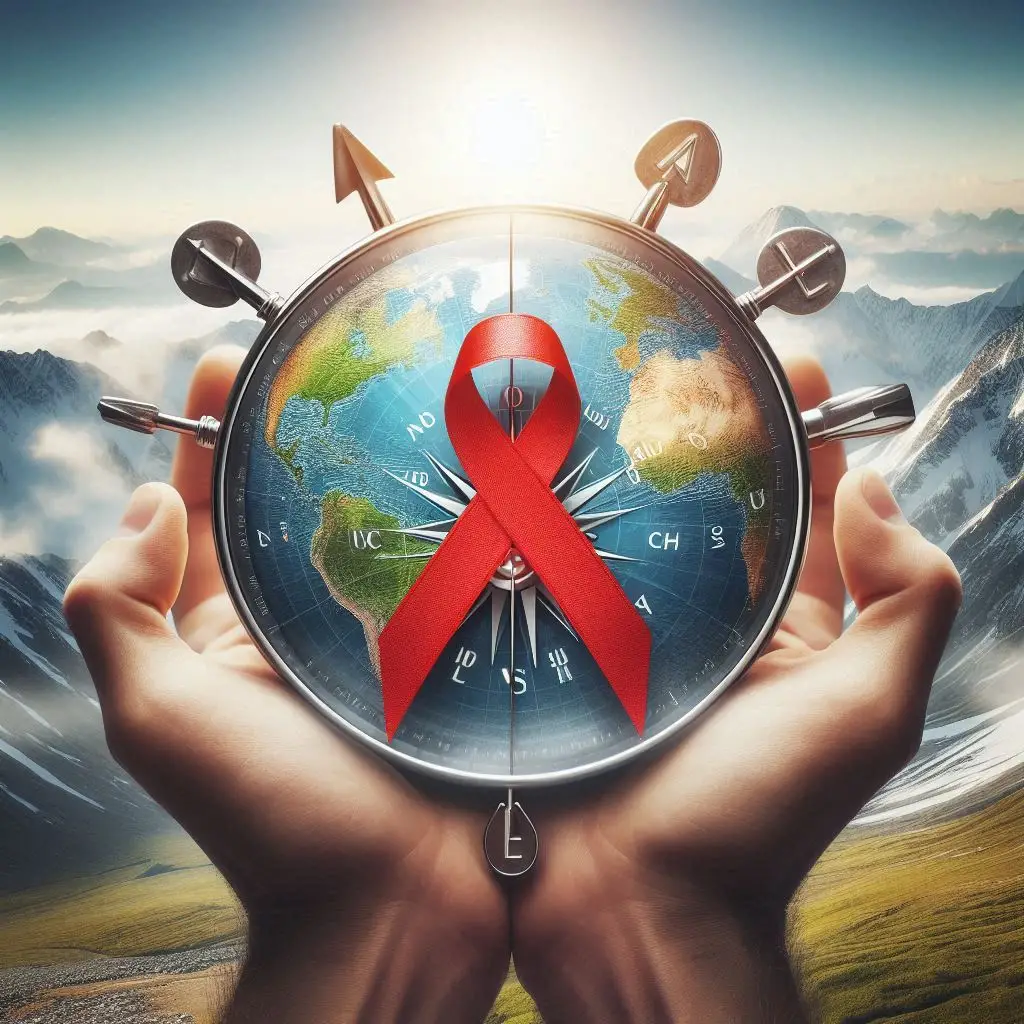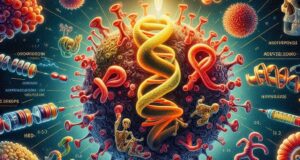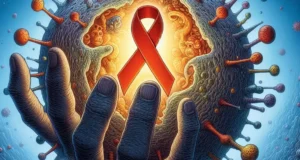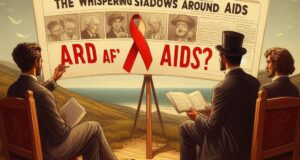Imagine the world as a giant ship lost in a stormy sea. People are panicking, waves are crashing, and there’s no single captain at the helm—just scattered voices trying to steer in different directions. Then, a global compass appears—a guide to unite efforts, chart a course, and lead the ship to safer shores. That compass is UNAIDS, the Joint United Nations Programme on HIV/AIDS.

Founded in 1996, UNAIDS came at a time when the HIV/AIDS epidemic had already shaken the world. Questions like “AIDS, where did it come from?” had begun to receive scientific answers, tracing the virus back to chimpanzees in Central Africa and its leap to humans through bushmeat practices. But even as the origin was understood, the crisis was far from over. Millions were infected. Treatment was scarce. Stigma was widespread. Countries responded unevenly, and many vulnerable communities were left behind.
This was where UNAIDS stepped in—not as a medical lab or a pharmaceutical company, but as a global coordinator, advocate, and visionary. Tasked with unifying the world’s response to HIV/AIDS, UNAIDS works across governments, NGOs, health organizations, and civil society to ensure a strategic, inclusive, and effective fight against the epidemic.

To understand its role, picture UNAIDS as the conductor of an orchestra. Each agency—like WHO, UNICEF, and the World Bank—plays its instrument: health care, education, funding, policy. UNAIDS doesn’t play the notes itself; it makes sure everyone is in sync.
From its earliest days, UNAIDS emphasized three goals:
- Preventing new HIV infections
- Providing care and treatment to those living with HIV
- Eliminating stigma and discrimination
This was revolutionary. Until then, the response to AIDS had often been fragmented, with rich countries focused on research and poorer nations struggling to even count their cases. UNAIDS brought equity and accountability to the table.
But UNAIDS also knew that to truly fight AIDS, you have to understand the people affected. It gave a voice to the voiceless—sex workers, people who inject drugs, the LGBTQ+ community—those most often ignored by traditional health systems.
And while the scientific community answered the question “AIDS, where did it come from?”, UNAIDS asked: “How do we stop where it’s going?”
With powerful campaigns like “Getting to Zero” (zero new infections, zero discrimination, zero AIDS-related deaths) and “90-90-90” (90% diagnosed, 90% on treatment, 90% virally suppressed), UNAIDS created measurable targets and inspired nations to act.
Through global reports, funding coordination, and advocacy, UNAIDS became the world’s watchdog and strategist. It tracked infection rates, guided international funding, and ensured life-saving drugs reached the poorest countries. It helped shift AIDS from being just a health issue to a human development challenge, deeply connected to poverty, inequality, and social justice.
As of today, thanks to the efforts of UNAIDS and its partners, millions of lives have been saved. Global HIV infections have dropped dramatically since their peak, and access to antiretroviral therapy has expanded to even the remotest regions.
Yet, challenges remain. New infections still occur, stigma still lingers, and funding remains uncertain. But UNAIDS stands firm—reminding the world that this is not just a medical battle, but a moral one.
the scientific answer may point to a virus from the jungles of Africa. But the global answer—the one about how humanity chose to respond—will always include UNAIDS. It is the organization that refused to let the world drift apart in a sea of fear and confusion. Instead, it became the compass, helping us navigate toward a future where AIDS becomes history, not destiny.




